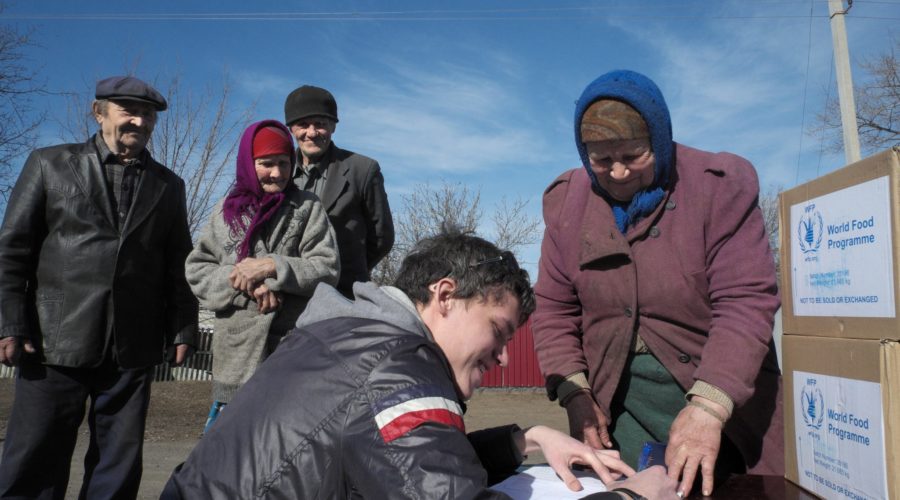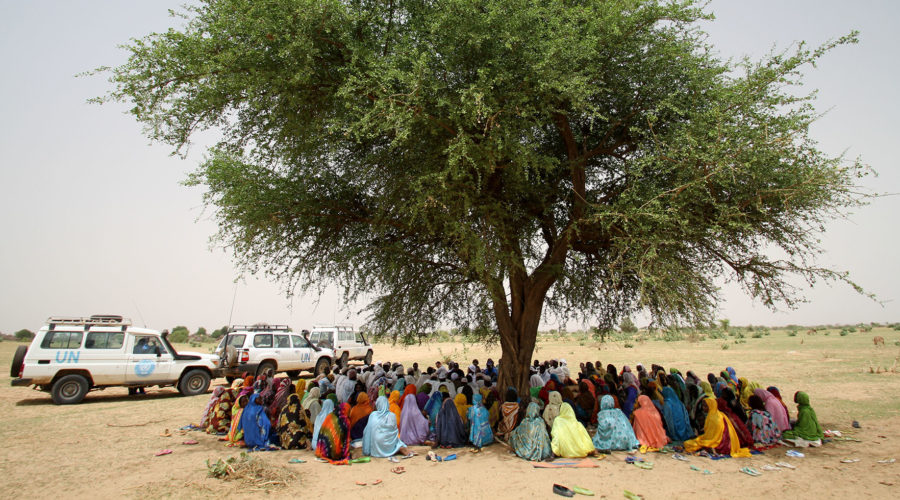The Central Emergency Response Fund (CERF) is one of the fastest and most effective ways to support rapid humanitarian response for people affected by natural disasters and armed conflict. It provides rapid initial funding for life-saving assistance at the onset of humanitarian crises and critical support for poorly funded humanitarian response operations.Since its inception in 2006, CERF has provided more than $4.3 billion to humanitarian action in 96 countries through flexible unearmarked contributions from more than 125 UN Member States and observers, corporations, and individuals. Under his Agenda for Humanity, the Secretary-General has called for CERF’s annual funding to be increased from $450 million to $1 billion by 2018. An expanded CERF will channel more flexible unearmarked funding through prioritisation processes under the leadership of Humanitarian Coordinators. With a general funding gap growing year after year, ensuring that CERF funds are allocated to achieve the greatest impact in meeting needs of affected people remains key.
Since its inception in 2006, CERF has provided more than $4.3 billion to humanitarian action in 96 countries through flexible unearmarked contributions from more than 125 UN Member States and observers, corporations, and individuals. Under his Agenda for Humanity, the Secretary-General has called for CERF’s annual funding to be increased from $450 million to $1 billion by 2018. An expanded CERF will channel more flexible unearmarked funding through prioritisation processes under the leadership of Humanitarian Coordinators. With a general funding gap growing year after year, ensuring that CERF funds are allocated to achieve the greatest impact in meeting urgent needs of people affected by a crisis remains key. But how can field leaders leverage CERF funding? Practical steps for senior humanitarian leaders to ensure the best use of available CERF funds include:
- Focusing on projects relating to needs of a sudden onset emergency, rapid deterioration of an existing crisis, or time-critical intervention. CERF Rapid Response funds are meant to “jump-start” initial response operations and not to bridge an agency funding gap.
- Ensuring that agencies have the capacity to fully implement projects within the allocated timeframe (6 months for Rapid Response and 9months for Underfunded Emergencies) before requesting/allocating the funds.
- Limiting the number of projects to those that will have the maximum impact by having a genuine priortisation process.
- Developing a CERF Concept Note to clarify the triggers behind a Rapid Response request.
A summary of the webinar is also available.





